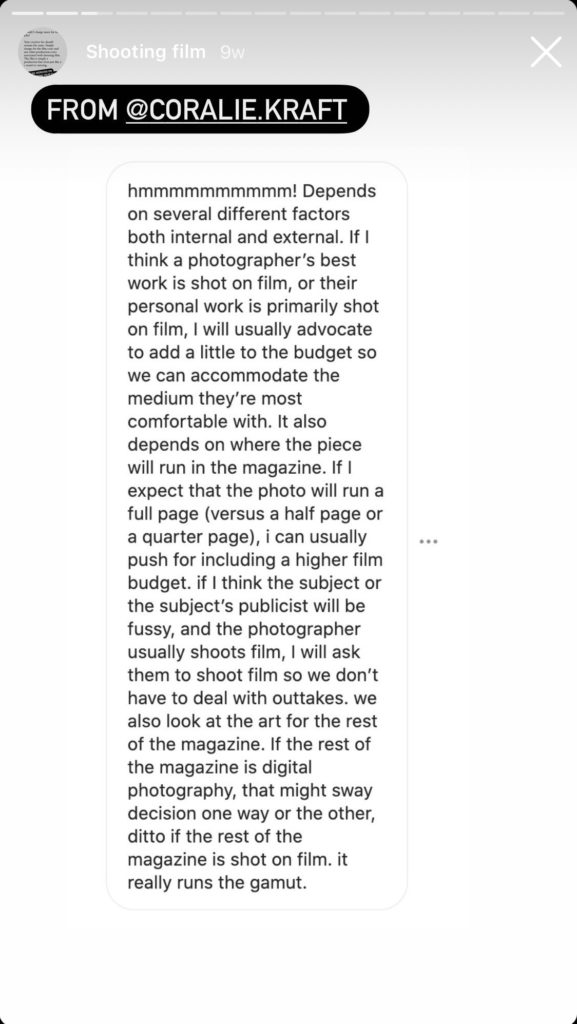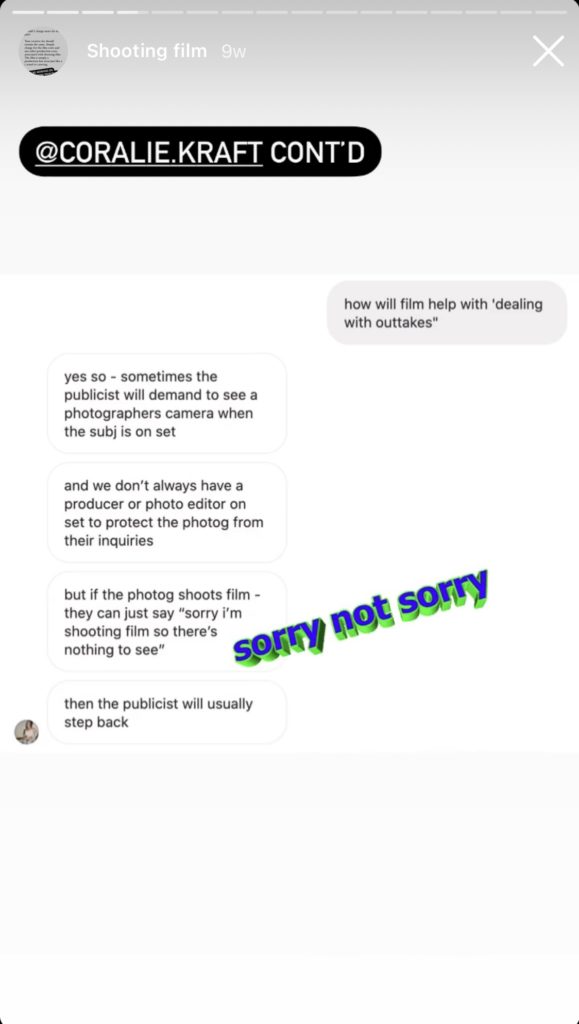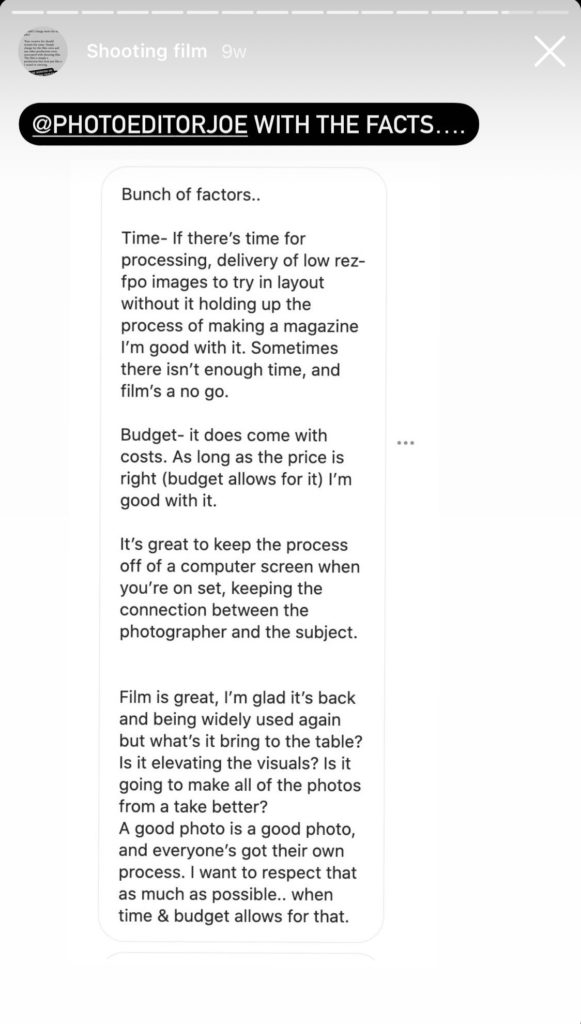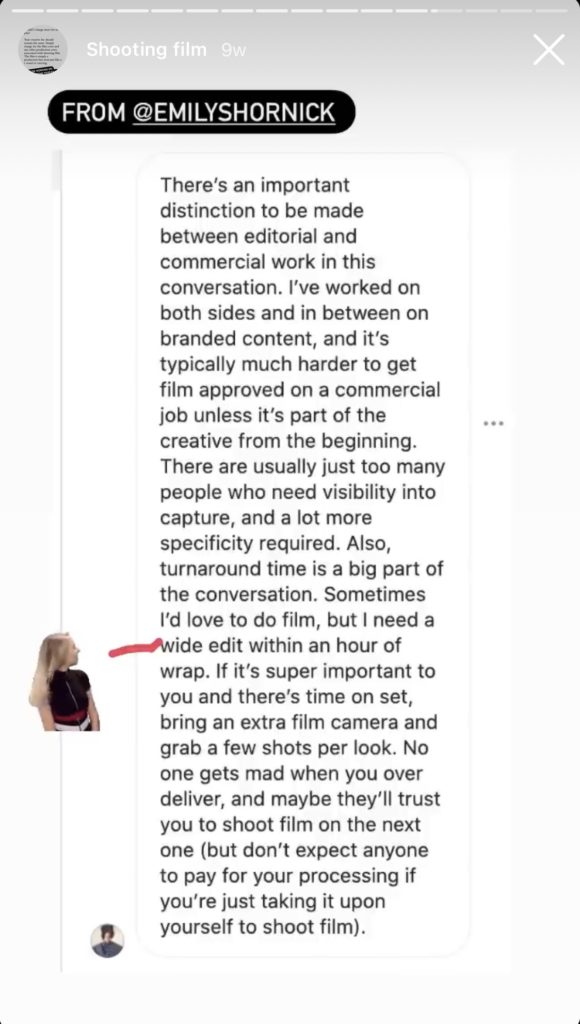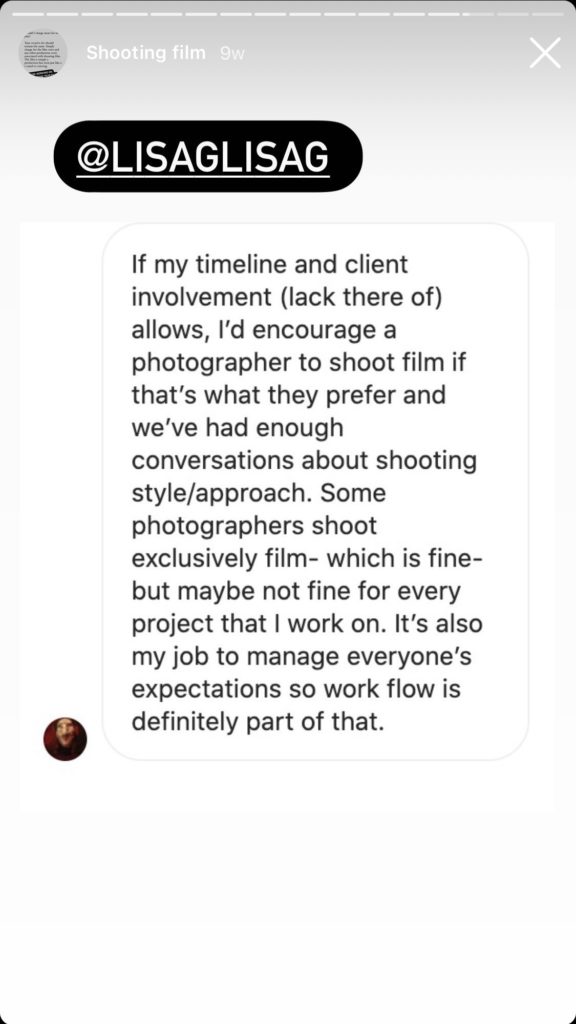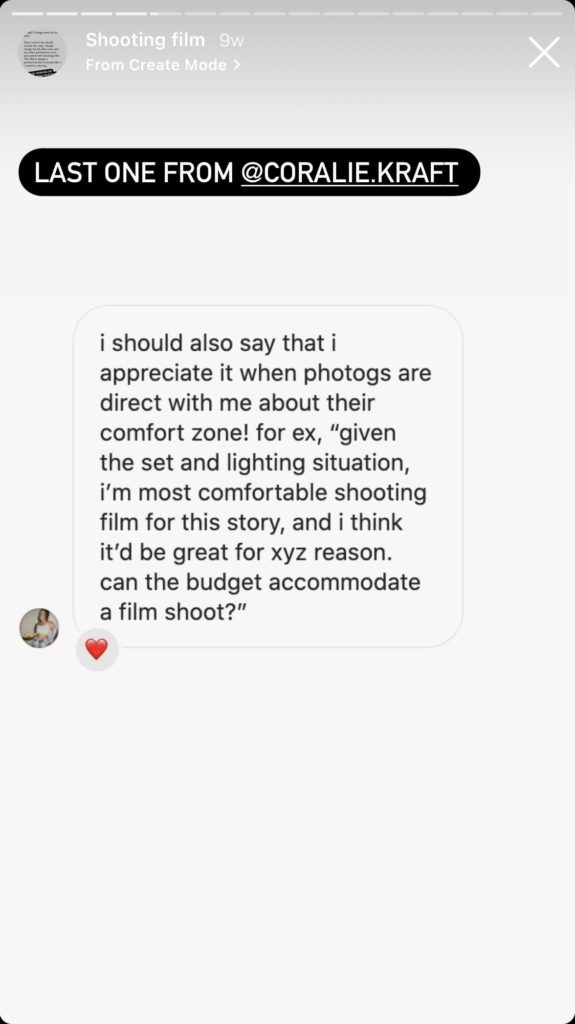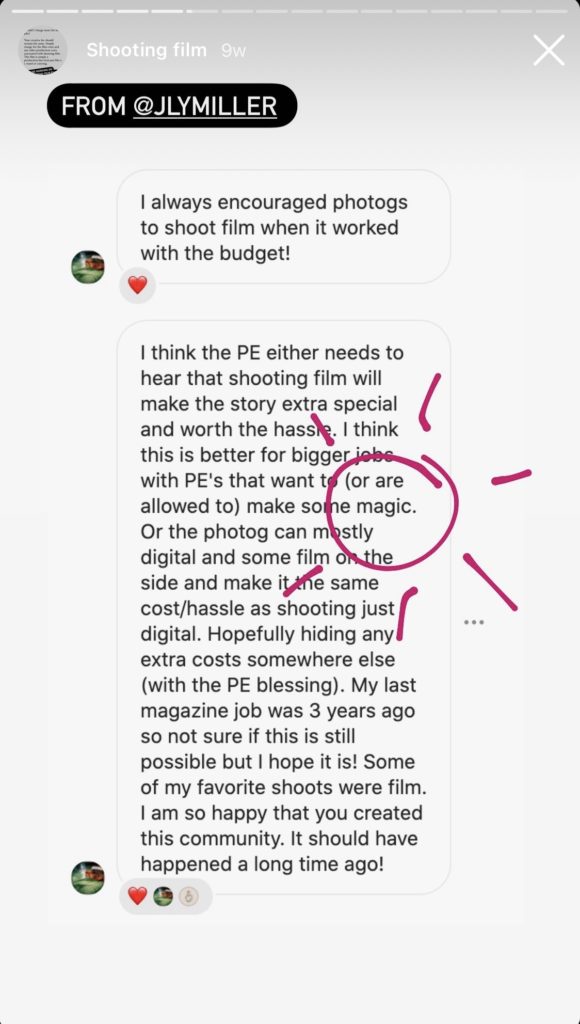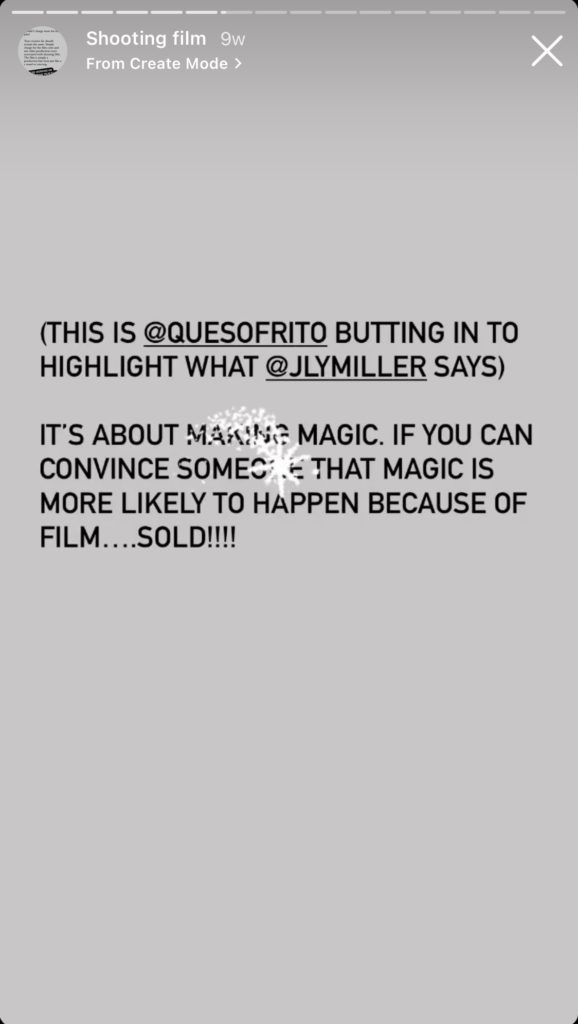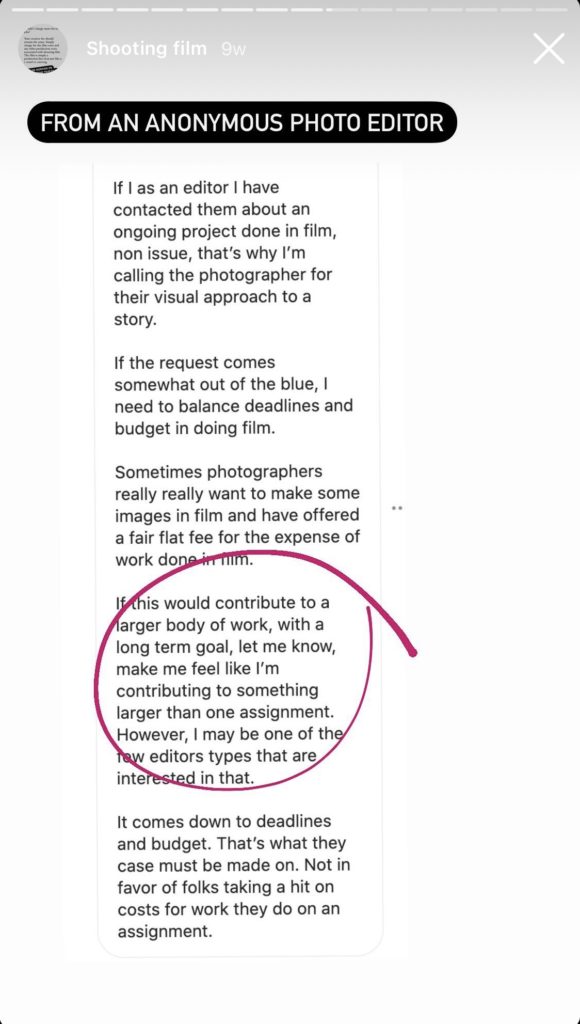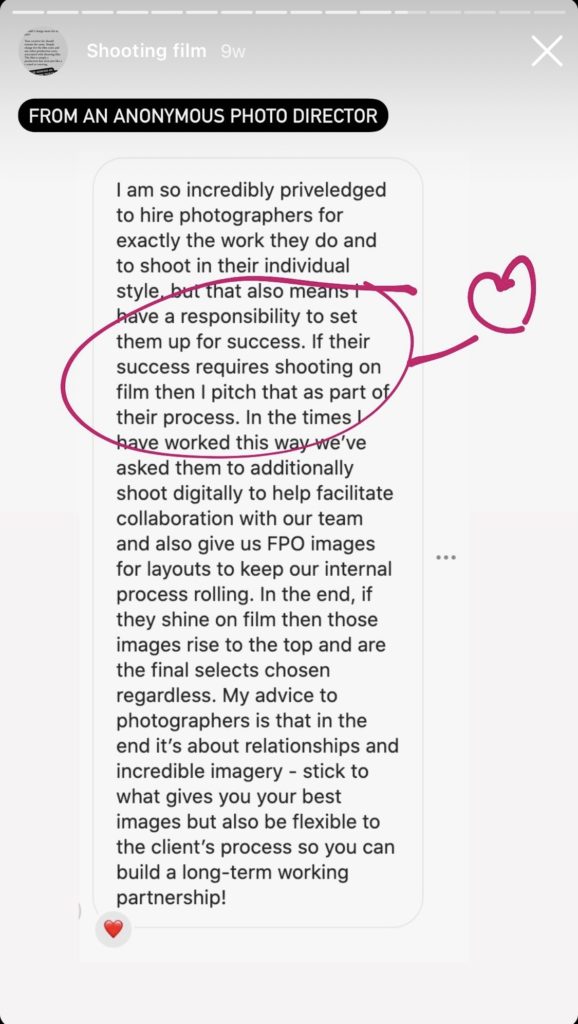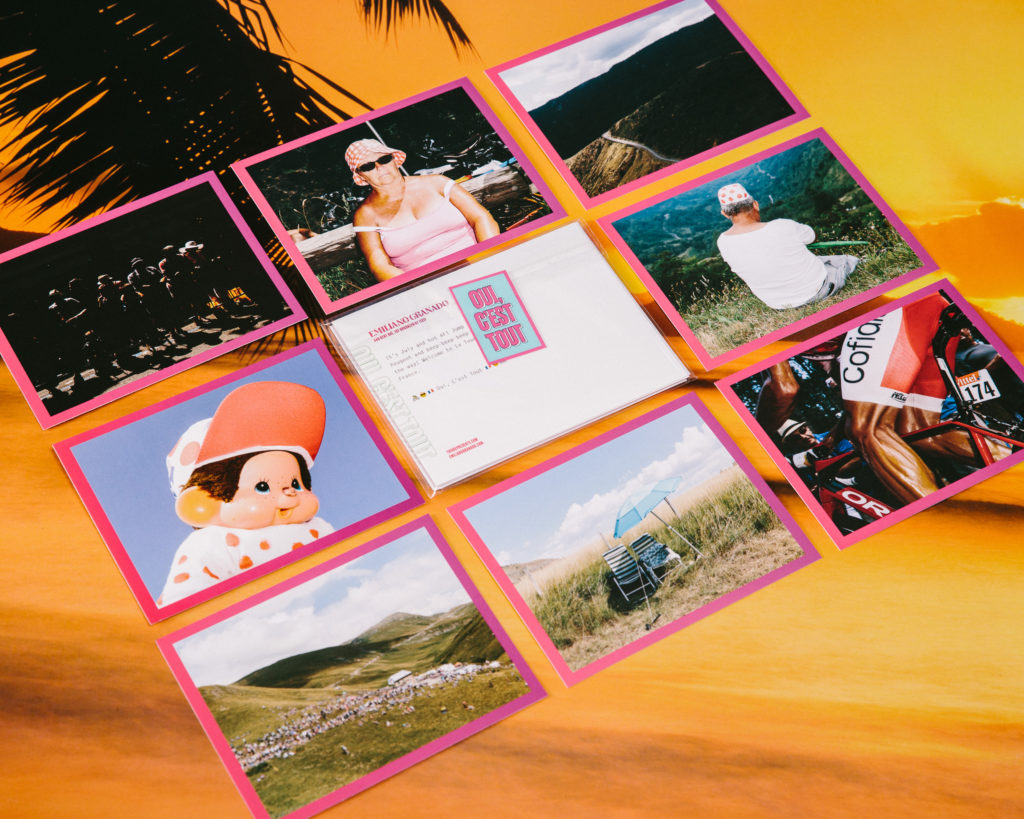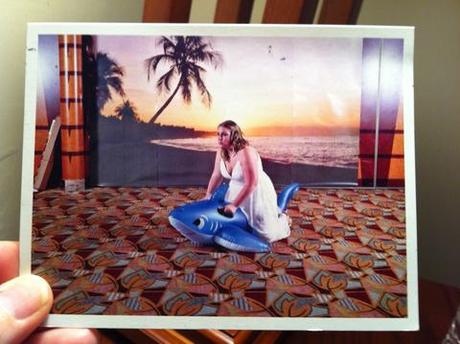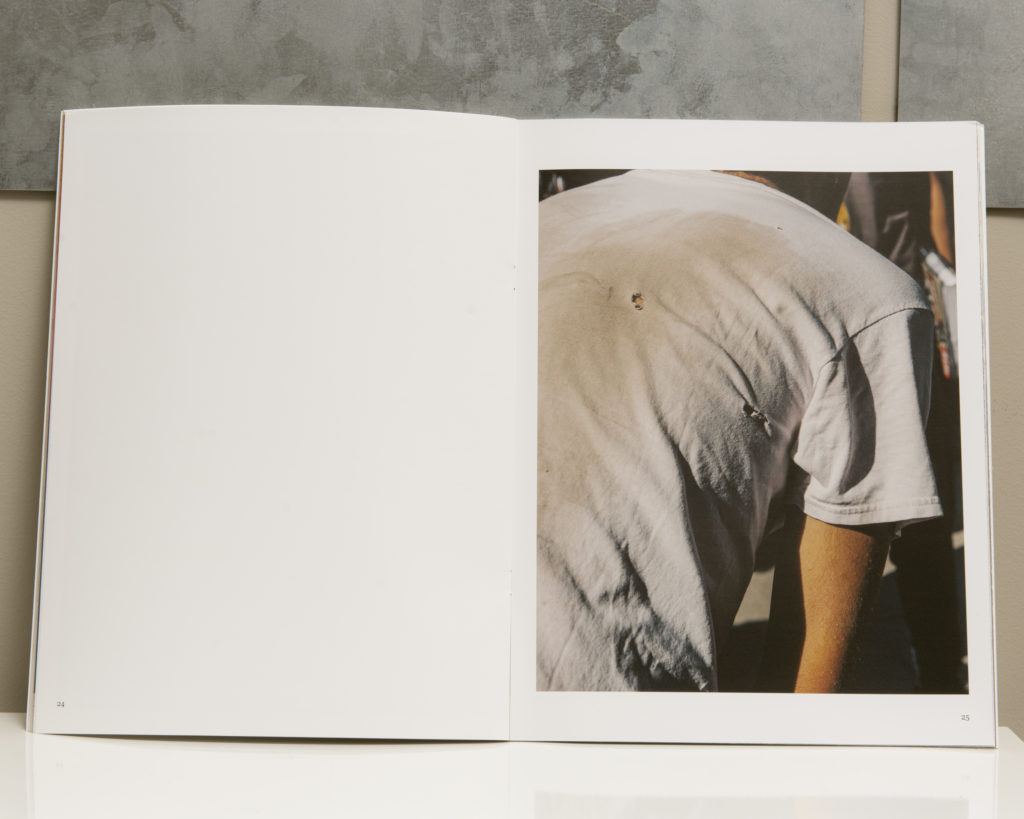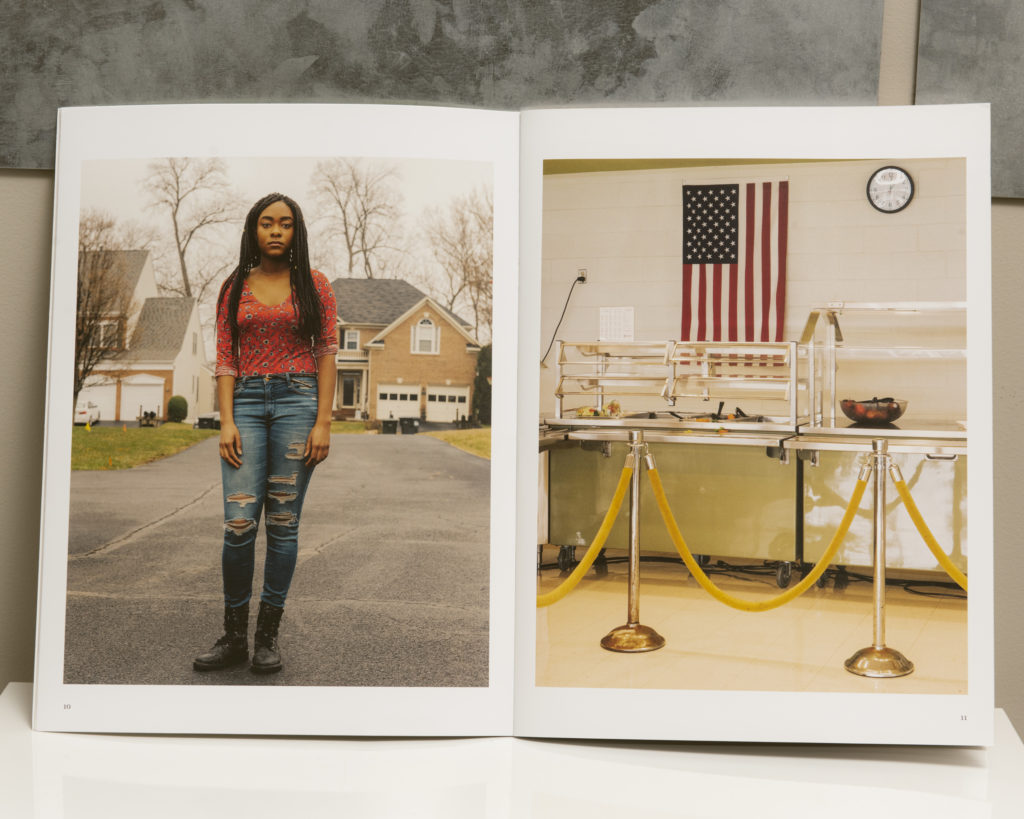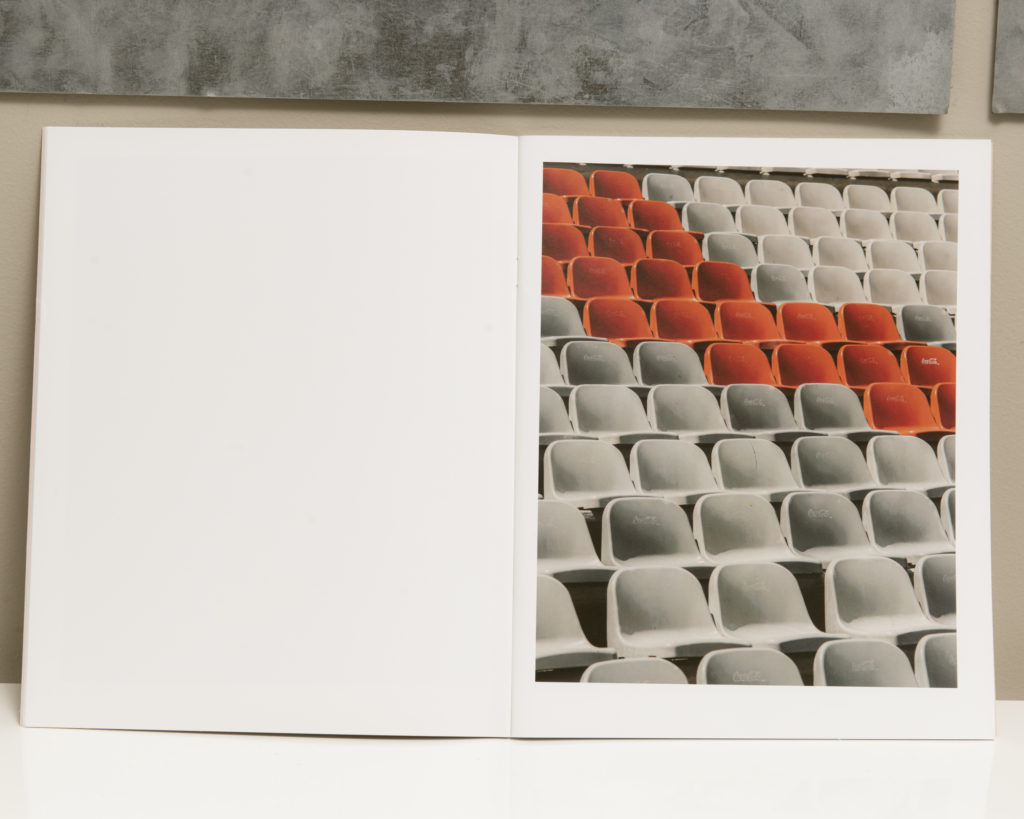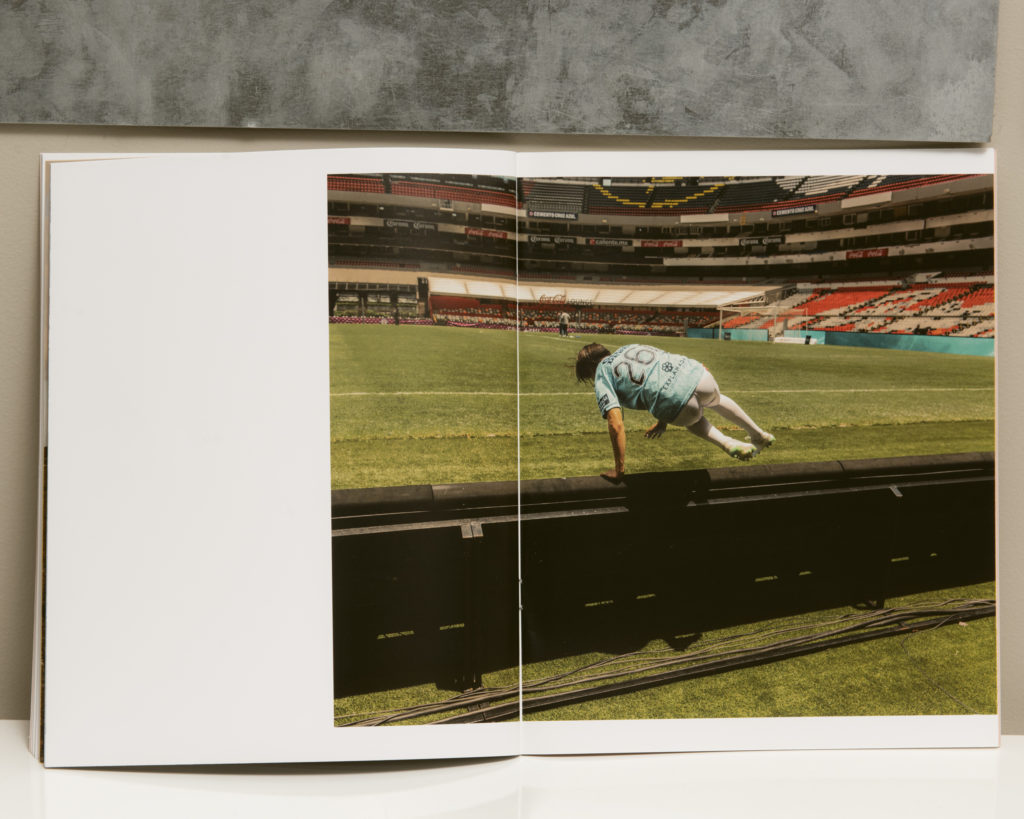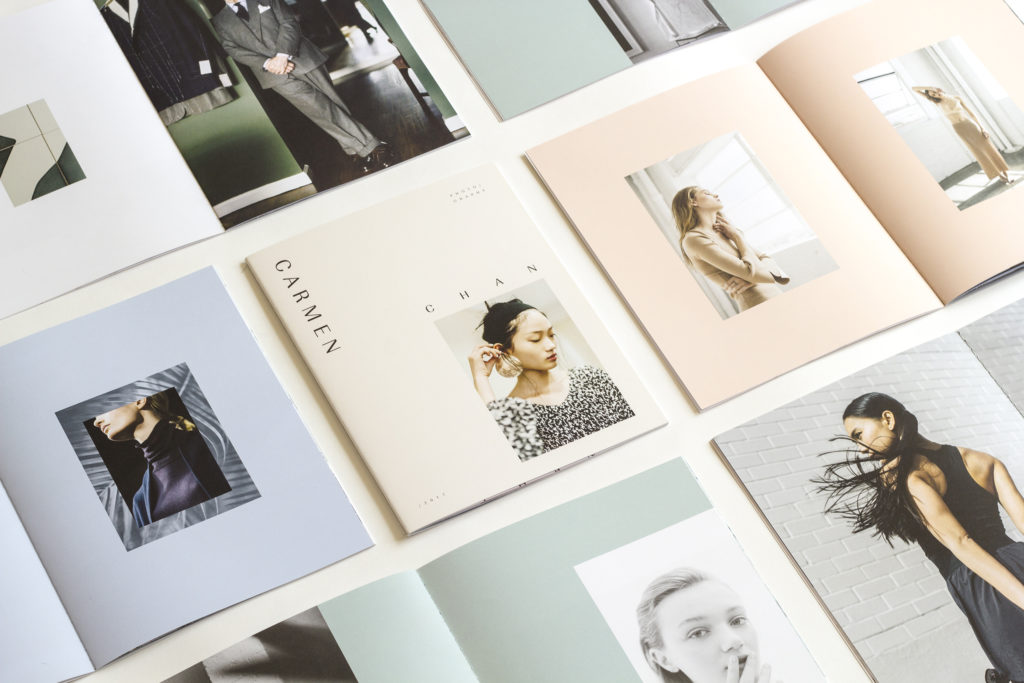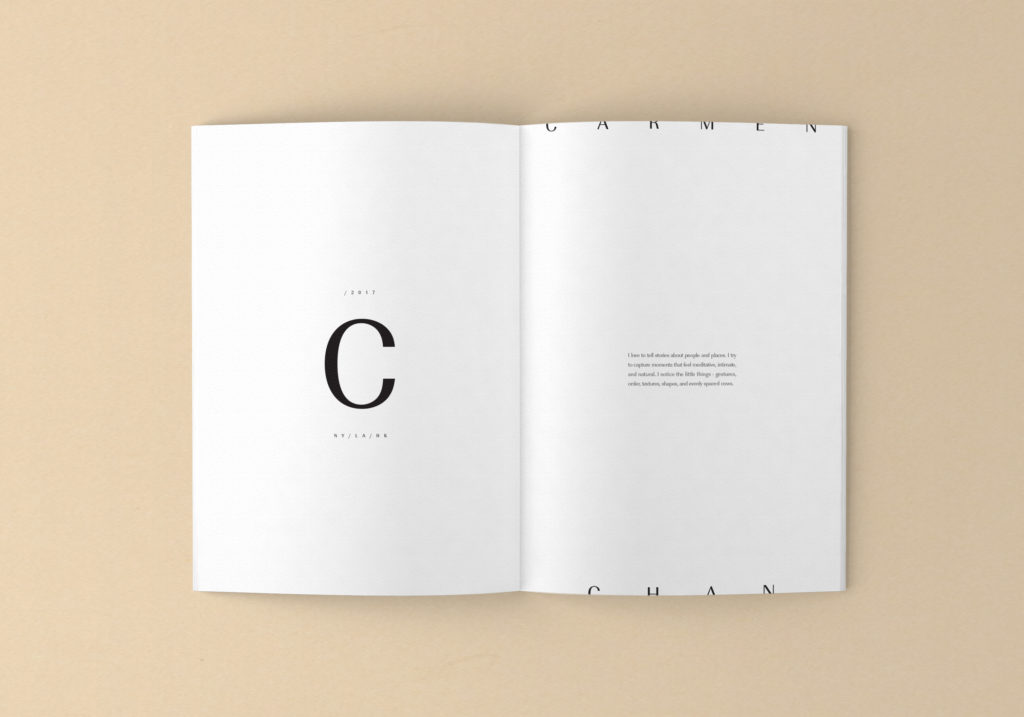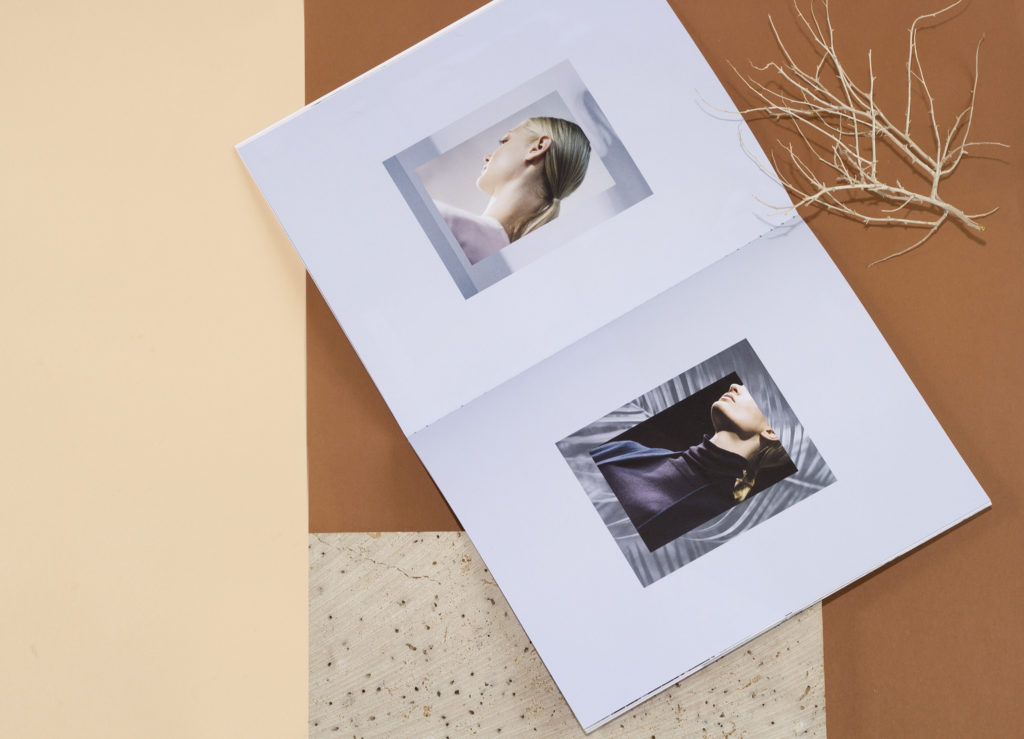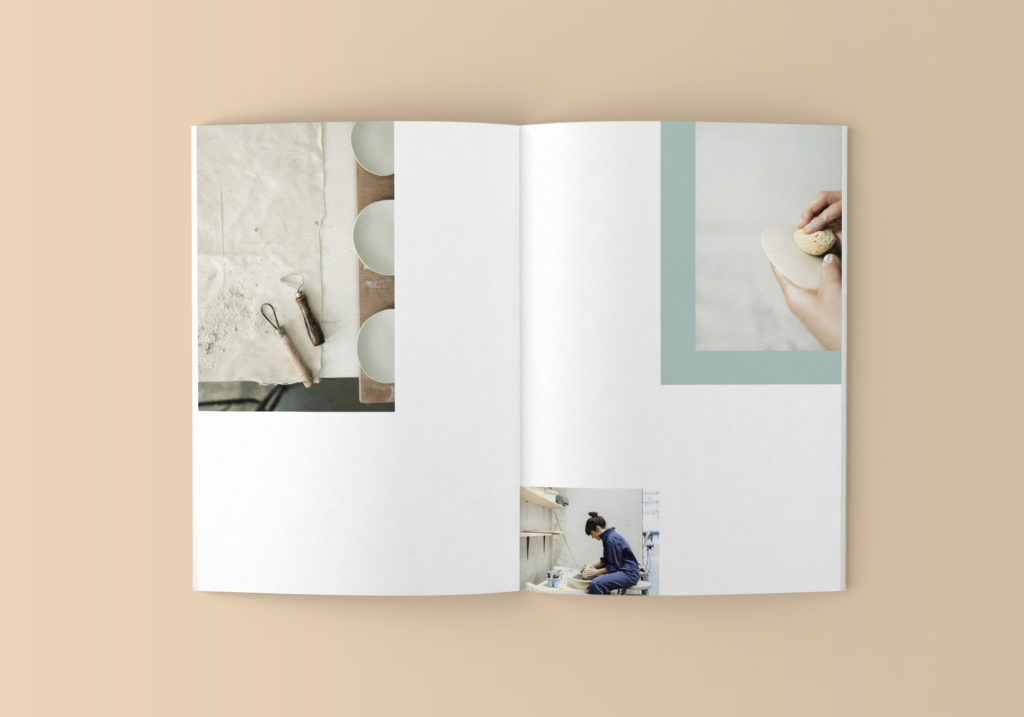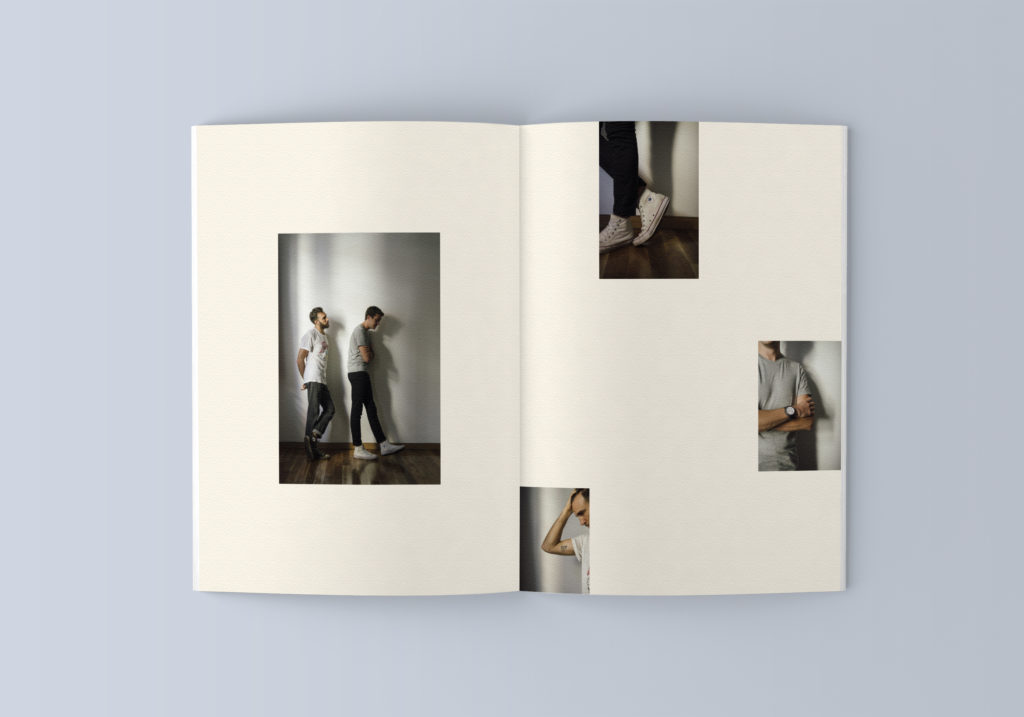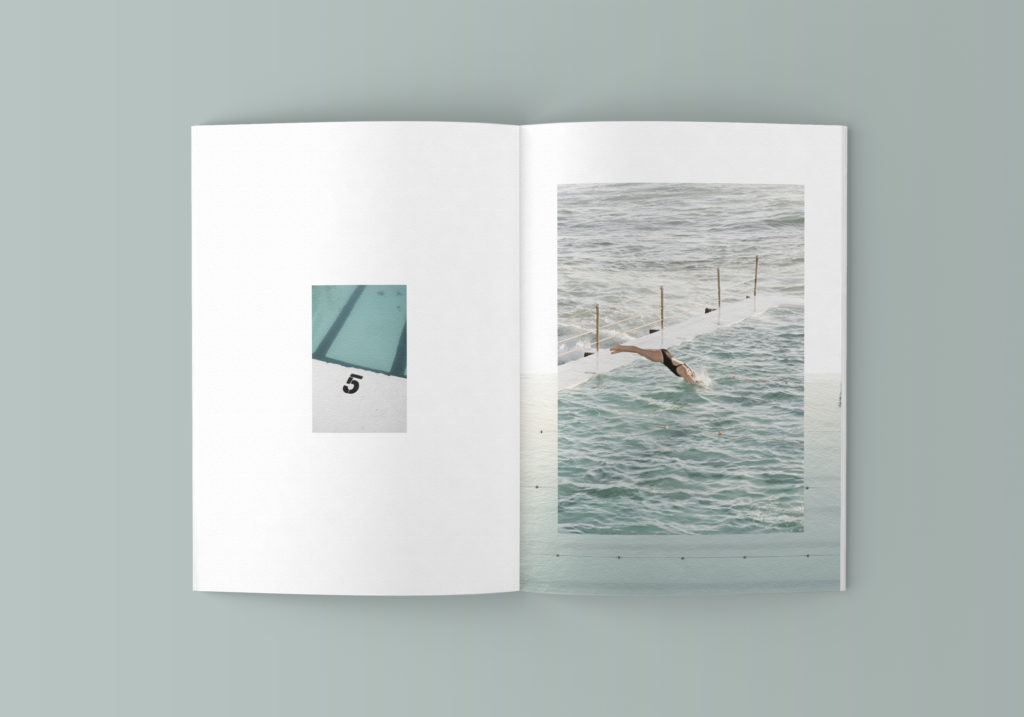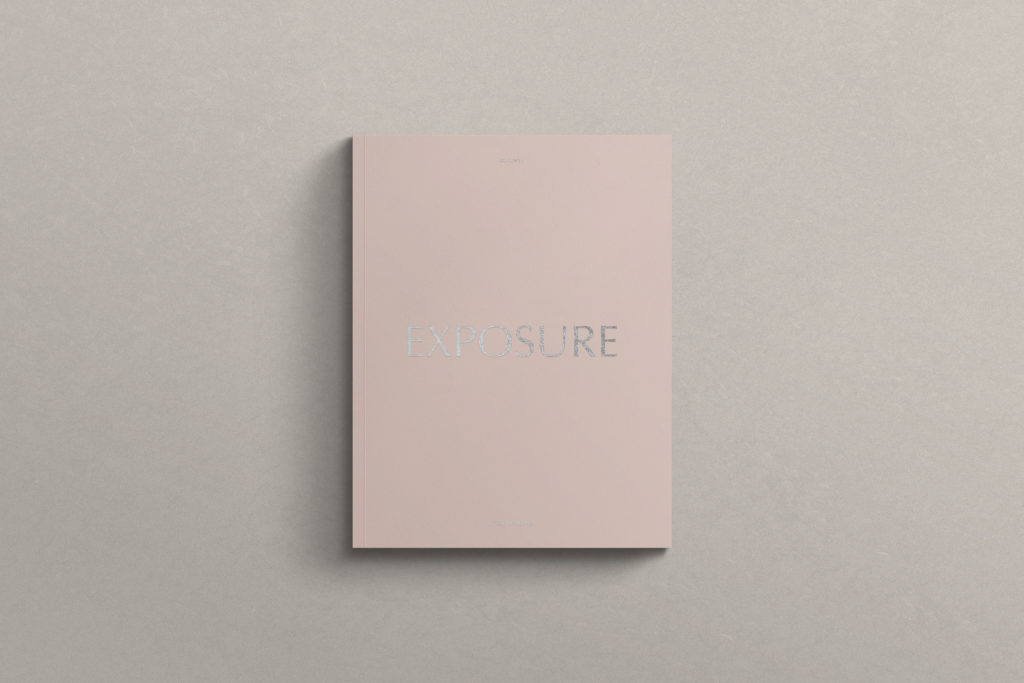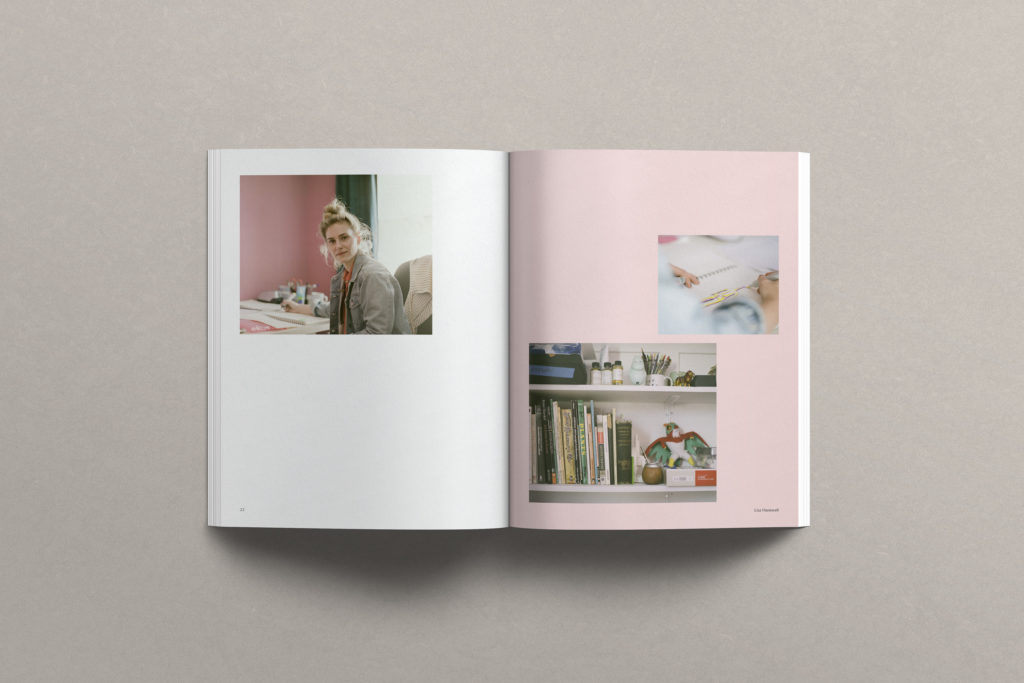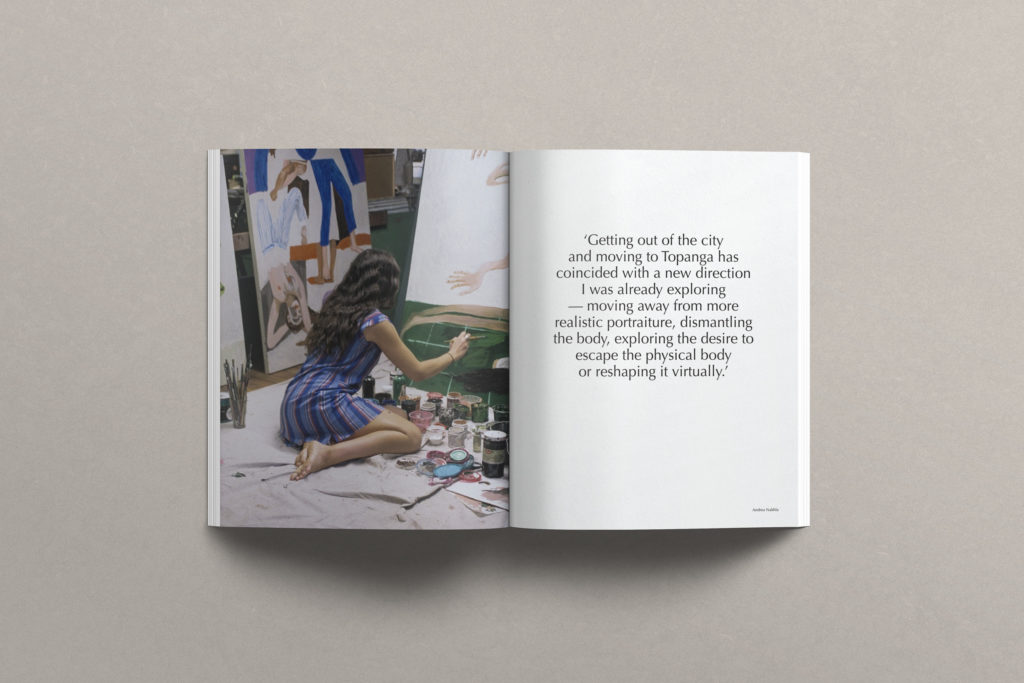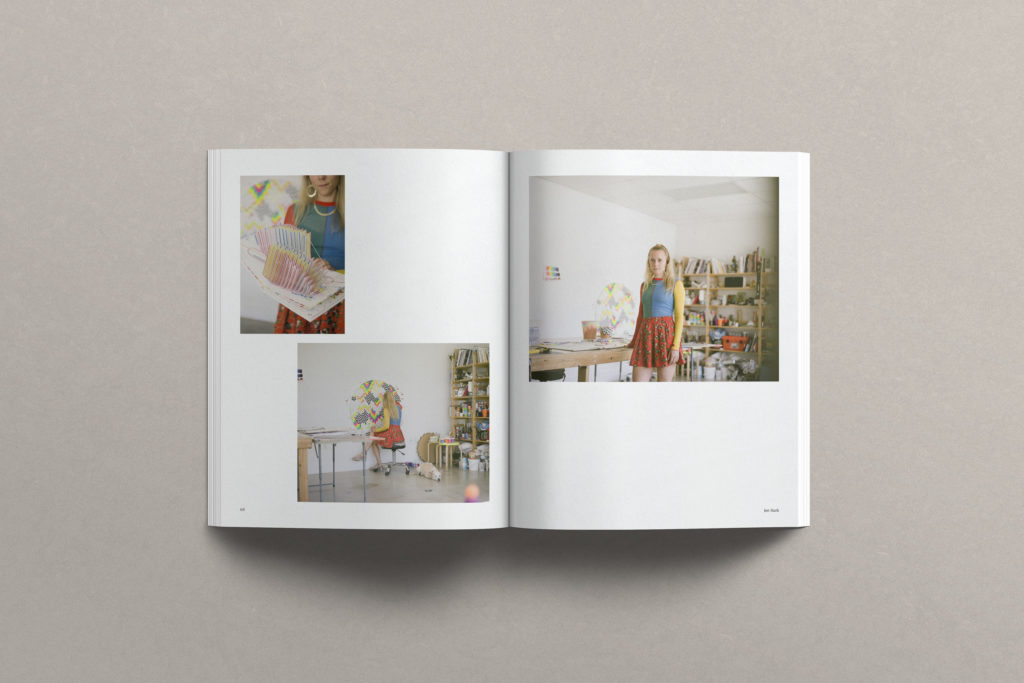Marketing
We polled the public on our IG and here are answers from the editors themselves!
EG: First of all, your IG is your IG. There is no rule that you have to do X, Y, or Z. However, I do feel like it’s an important marketing touchpoint for people to see what you’re about. Even if that is all personal photos of your cats, or whatever. IG will probably be the first place a new viewer will investigate you, so keep that in mind. I think if your IG shows your personality (with personal photos or with work photos), then that’s good enough.
CC: It sounds like you’re sharing what folks expect from a photographer’s Instagram. I know artists who, thanks to Instagram, have gotten job offers. I look at Instagram as an opportunity to keep folks updated on what I’m up to and gain insight on what I’m about, beyond my curated and designed website. It’s another avenue for people to see and find my work thanks to other people sharing and tagging, in addition to newsletters, editorial work, awards, etc. It can have as much of an impact on your marketing efforts as you make it so it’s really up to you how important you make it. Your website is where all your best work lives, but how do people find your website?

EG: Generally speaking.
Photo Editors – Work at magazines. When you’re starting out, getting to know Photo Editors is your main job. They have long lists of other talented photographers and they try to pair a few of them with jobs that line up aesthetically.
Photo Directors – Work at magazines. They’re the big boss. They oversee the photo department, ie all the Photo Editors.
Art Buyer – Work at ad agencies. This title is kinda “old” now and they’re usually called Art Producers.
Art Producer – Work at ad agencies. They research, connect with, and recommend photographers to creative teams (Art Directors). It’s their job to pair a photographer to a project that needs a certain style. They collect bids (ie estimates) from photographers. Usually, they have to bid at least 3 photographers and they may even tell you that you are the “agency recommend.” Ultimately, the agency has a presentation where the 3 photographers are shown and a client chooses which one to use.
Producer – Most commonly, this is a person that is hired by an ad agency or a magazine (with healthy budgets!) or by you to be the producer “on the ground.” They are in charge of staying on schedule, booking the caterers, booking the talent, making sure the RV is there on time, etc etc. They deal with all the hard logistics of a shoot. But there are producers for video, for retouching, for pretty much everything, so the title sometimes gets confusing. For our purposes though, they are people that ensure sh*t gets done on the day of the shoot.
CC: Typically my first point of contact for jobs are Photo Editors and Art Producers. I’ve also spoken to Visual Editors, Creative Directors (at startups or smaller companies), Producers, Photo Directors, Integrated Producers (work at ad agencies and produce both motion and stills), Design Director, Photo Publicist, etc. It doesn’t hurt to talk to a variety of folks because you never know where they’ll be next and whether they’ll have the responsibility of hiring or recommending photographers. If this feels overwhelming, stick to a few titles but you never know how your name will end up in the hat.
Link to this anwser.
JS: As a general rule, I always try to use good grammar and proper punctuation in emails and texts. My communication style is pretty formal and polite. I’ll loosen up a little once I get to know the client but it’s important to always be clear and direct so that everyone involved with the project is on the same page. Also, I like to keep the client posted with updates as the shoot unfolds and wraps. Most of the time things happen as planned but in the event that something unexpected occurs it’s always a good practice to let the client know as soon as possible so that we can create a solution.

EG: I think it’s really important to remember that you are 1 of many dozens of emails they get per day. Say what you gotta say. Be respectful of their time, let them be impressed (or not), and keep it moving. Also, make things easy for them. Make sure the links are easy to navigate, no mistakes, etc. Here’s a pretty basic example of an email I might send:

CC: When it comes to outreach and sharing new work, I think every editor and art buyer likely has a personal preference on the frequency of communication. Personally, I don’t reach out more than once per quarter with relevant updates nor do I expect a response. I trust that if they have the time or desire to respond, they will otherwise I’ll assume they looked at my email and will reach out when the right project comes along. If they responded to every email they received from a photographer they probably wouldn’t get any work done. As far as etiquette, I’m pretty similar to Jared in being polite, formal, and brief. I think there’s a time to be professional and when you establish a relationship with them and get to know them and their vibe it’s easier to be candid and casual. I’ve gained a lot of perspective from listening to Dear Art Producer (thanks Heather Elder!).
EG: Research! Who are your peers? Who has the career you want? Who hires them? Who do they follow? What clients will realistically hire you? Follow all of them and try to befriend them all. Don’t be annoying. If you do it right, you’ll start getting calls. It might take a few years, but keep doing it. HEAD DOWN. KEEP MOVING FORWARD.
JS: All of this info is at your fingertips these days- Google, Instagram, and LinkedIn (yeah I know it’s a bummer of a site but it’s pretty useful these days for figuring out where people are working). If you’re able to answer these questions “what’s your work about and who are you trying to reach” you will be able to put together a shortlist that you can follow on socials or reach out directly and politely to on IG.

CC: It was helpful for me when I sat down a made a shortlist, like Jared suggested, of the brands and publications I wanted to work with and why or specific categories of clients you want to work with. From there, look for art producers, art buyers, art directors, photo editors, photo directors, etc. The internet is your friend. It also doesn’t hurt to ask for introductions or referrals from existing contacts.
Link to this anwser.
EG: Being a photographer is like 25% taking photos and 75% building a network and letting people know you exist. If you’re not committed to that 75%, you’re not doing it right.
CC: I do this by actively sharing it with people or trying to get published in places where more people are looking. If I want new people to see my work, merely sharing it on your IG and website won’t suffice. As Emiliano said, the act of getting your work seen is active work. Who am I directly sending this work to who would appreciate it? Specific photo editors at places that publish this type of work? Specific art directors/buyers who have clients in this category? Art blogs?
Link to this anwser.
EG: The standard is a website plus an IG presence. BUT. If your work really can benefit from some non standard presentation, then by all means.
For in person meetings, almost everyone has a portfolio (of varying price points) or a tidy digital presentation (ie iPad). It doesn’t need to be a custom $400 portfolio either! As long as you show that your photos are technically sound and you’re capable of building cohesive bodies of work, no one really cares if the portfolio itself cost $50 or $500. Also, I know several photographers that would come to meetings with a box of prints. If that feels better for your work, then go for it. But please remember if your presentation is too kooky, then you’re taking attention away from your photos. For reference, this is my current portfolio.
For online presence, a website is essentially a must. I’ve seen people get hired from tumblr pages and other alternative forms, but that was before website got really easy to construct. The current version is people with only an IG presence and no website. The people that can pull that off are prolific and very talented. They are the exception to the rules.
Another quick note about websites. Display your best work only. I think most people would rather see only 5 great images than 5 great images among 20 mediocre ones. This is painfully common. No one wants to see some e-comm photos of bags just because you think it shows you’re a “commercial photographer!”
JS: Short answer: YES. A dedicated website to display your photography the way that you want to is crucial. Additionally, this space on the web will be what people in hiring positions use to reference your work. Pre-Pandemic, I would have highlighted the value of a physical portfolio but since we’re still living in amidst Covid, I don’t think it is necessary because in-person meetings are not taking place. Another approach would be to make a PDF portfolio that could be shared directly with an editor or art buyer.

CC: I think you need a website because it’s a different way to experience and present your work than IG and likely the best format for your work to be seen (thinking of landscape images across three carousel posts on IG). The way you design your site can also tell people more about you and your style. The same goes for your printed portfolio for in-person experiences.
Also, this note was submitted to our site –
Link to this anwser.I beg of you to please tell photographers to put their contact information on their websites. Phone number and email. Get a google voice number if you don’t want your info out there.
But I beg of you, HELP ME HIRE YOU. PUT AN EMAIL AND PHONE NUMBER ON YOUR SITE.
AND TELL ME WHERE YOU ARE.
CC: Having an agent is the key to booking jobs. At least that’s what I thought when I was starting out. Instead of looking for jobs, I was looking for an agent. The question to ask yourself first is, do you need an agent? Do you have the portfolio and the commercial experience that an agent can confidently get behind? Are you working so much that you’re missing out on opportunities while you’re on set?
You can absolutely get commercial work without being represented. You’ll need to learn how to negotiate and put together bids. Having an agent doesn’t guarantee you’ll be getting jobs – it really depends on how hard your agent works, their reputation and network, and how hard you’re working to facilitate what they do and what you’re doing (personal work, newsletters, promos) in tandem with their efforts.
Also, photographers pay their agents a commission (typically 20-30%) whether or not the job came through the agent. The only exception to this is if the client is on a pre-existing house client list that your agent approves prior to you signing. My agent solely focuses on commercial opportunities so I am still doing my own marketing for editorial work. If you are at the stage in your career where you can manage doing what an agent does on your own or paying a consultant to help for an hourly rate rather than a % of your fee, does it make sense for you to have an agent? If it does, then go ahead and start sharing your work with agents and build relationships with them the same way you would with a client. Get to know them and work on a few jobs together to see if they’re a good fit. They become a big part of your brand. Listen to this podcast starting at the 27min mark to get a better idea about the thought process from an agent’s perspective.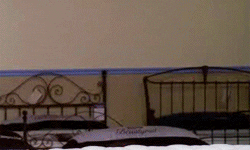
JS: Photography is all about relationships and this applies to working with agents too. I realized that I needed the help of an agent when I noticed that commercial agreements were beyond knowledge of contracts and that the negotiation process required a significant time investment. Additionally, I was starting to get busier with both commercial and editorial work along with maintaining my personal practice as an artist. My thought process was that I needed to find an agent who could take the business side off my plate so that I could focus more on the creative. The way that I started the search was to reverse engineer it, I was interested in seeking out agents that had preexisting relationships with brands and ad agencies that I had already worked with or desired to collaborate with in the future. So I did the breadcrumb trail thing and paid attention to who photographers were tagging in their social posts. Also, spoke to a few photographers who had been represented and got their takes. I made a list and contacted a few to introduce myself and then followed up when I had jobs that made sense to bring an agent onboard. Working with an agent on a nonexclusive basis is a good way to get to know them and how you both work together. This process is a lot like dating, it’s slow and it should be.

And here is a pretty extensive list of photography agents by APhotoEditor, here.
EG: The short answer is, if you have to ask, you’re not really ready for an agent.
The longer answer involves lots of hard work, establishing yourself as a name, tons of introductory emails, networking, meetings, successful projects, a good reputation, some positive energy behind you, etc etc. Carmen and Jared hit up most of the points above. But tbh, if you don’t know how to research, network with and get the attention of agents, then you probably haven’t learned how to research, network with and get the attention of clients, yet. It’s essentially the same thing just with a different set of people.
Additionally, once you’re ready, agents will start to say hello and show up in your social media, etc. Of course you should be proactive in letting them know you exist, but their literal job is knowing whats hot. And if you’re hot, then they’ll find you.
Link to this anwser.
EG: Everyone struggles with this! But let’s think about this pain as an opportunity to unpack why it’s so hard, though. I think the pain is not really about choosing the best photos. The pain is about figuring out ‘Who am I and what do I want to say?’ So when editing down your pile of photos, repeatedly ask yourself “Who are you and what do you want to say? Does this image support or enhance that vision I want to create?”

Here is a clip of me talking to one of my mentees about the difficulty and the value of editing your portfolio. Sorry I’m not as beautiful as young Leo.
JS: I really want to drop an updated version of the Ernest Hemingway quote about writing and bleeding at a typewriter. In all seriousness, editing can be a difficult and often lonely task. As I write this, I’m trying to motivate myself to put together a new edit of some portrait work over the past 2 years. I share this to say that even 10+ years in the biz, the task of breaking apart my work, figuring out what is successful/unsuccessful is still daunting and challenging. Beginning the process of editing is a lot like trying to floss daily or even jogging, both of these are activities that you don’t really look forward to but you know that they’re necessary. For me, I like to start with a couple of questions- “What’s this work about, and what do I want to say?” Be ruthless with your image selection- “does this image help advance your story/aesthetic?” LESS IS MORE. Having 8 incredible photographs with a consistent aesthetic will always better than a potpourri gallery of 17. Good editing takes time. Rome wasn’t built in a day and neither will your portfolio. Set a realistic deadline so you don’t put off this process. Do a little bit here and there, hit up a peer or 2 and over time the work will let you know when it’s ready to be out in the world.

CC: Because we’re often emotionally attached to our work and we know what it took to make certain images or think that a certain image should be included for whatever reason. I love the advice Emiliano and Jared gave above. Also, about 5 years into my career I hired someone to help me edit my portfolio. It was interesting to see what they ended up with and they noticed through-lines in my work to help it feel cohesive in ways I didn’t. In hindsight, I was at a point in my career where I wasn’t sure what I wanted to say and I let the editor mold my portfolio into what they thought it was saying which was helpful at the time. Since then I’ve had good and mediocre experiences with hiring editors and my friends have as well. Take any feedback and advice with a grain of salt, everyone’s opinion about your edit will be subjective. You know what you want to say best so if you work with an editor, make sure this is clear to them or you’ll have a frustrating experience. Think about what you want to say and where you want to go with your career and ONLY show the work that demonstrates this. Eliminate redundancy, your portfolio needs to be a succinct edit that also shows the breadth of your skill and clearly communicate your style. If something doesn’t fit in with the rest of your work it’ll only confuse people or dilute the existing work.
Link to this anwser.
EG: You can choose to market yourself with big, loud tactics. I’ve chosen a slower approach with my marketing; I’ll call it “white noise marketing.” The secret for me has been to continue to produce quality images and quietly remind people about them. I do this with a combination of the following:
- A newsletter I send about 3-4 times a year. This is an example of one.
- Postcards I send to friends, clients, people I want to like + hire me, etc. I usually send them out 3-4 times a year. I usually write something funny and personalized on the back.
- When I have a cool project, I’ll do a big printed piece or zine or something. Here, here, and here are examples I’ve done in the past.
- Portfolio meetings with people as much as possible.
- Social media. I befriend people who I think do cool work. Hopefully they like the work I do, too.
- I’ve been sending end-of-year gifts with candy and other funny stuff for a few years, too.
I’d hate to be the photographer version of a used car salesman with loud gimmicks and cheap suits. That’s not the association I want people to make when they think about my work.The focus for me has always been and will always be “make good work.” Of course, I can do things to help promote that work, but if it sucks to begin with, then I’m failing. I’ll continue to self publish and create personal work—that is essential to me as a human and as a brand.
JS: Self-initiated projects are the cornerstone of all my marketing efforts. This provides a space where I can experiment, push a new aesthetic and explore an area of interest. In this space, I have full control and I am able take more creative risks in terms of approach and presentation. This is the work that I prefer to share when I approach both existing and potential clients.
In terms of marketing practices, it is imperative that I’m sharing work that I’m excited about and presenting it in a way that speaks to my personality.
I do the following:
- Email newsletters – I send these out about 2-4 times a year to both editorial and commercial clients. When I am putting these together, I like to make sure that I have at least 3 notable items and a call to action. And I try to write them in “my voice.” This is an example of a recent newsletter.
- Direct email – If I have a specific idea to propose or if I am trying to introduce myself. I try to be very intentional with these types of emails.
- Booklets – GrApHic DeSigN iS mY PaSsIoN too! But seriously, I am a huge fan and collector of magazines and photography books. About 1-2 times a year, I send out booklets that feature collections of my recent work. I do the layout and design for these and it’s another way to share a little bit about me and my interests. *Quick note: since we’re still in a pandemic, I’ve paused this practice since the recipients for these are working from home and not the office.
- Editorial assignments – Sometimes a byline in a notable publication can function as self-promotion.
- Meetings – Pre-Pandemic I was carving out at least 1-2 weeks to do in-person meetings, where I would show a physical portfolio, books, prints encompassing both personal and assignment work.
- Internet + Social Media – My portfolio site gets updated regularly and I post semi-regularly to Instagram. Since we’re still in a pandemic, these are the two buckets that I’m paying attention to at the moment.
CC: I do the same thing as Jared as far as marketing efforts. Except I don’t have the graphic design skillz so I hire designers to help. Some examples of my printed pieces and projects below –
A client received the above promo and I didn’t hear from them until they hired me for a two-day ad job nine months after receiving the promo. You just never know.

